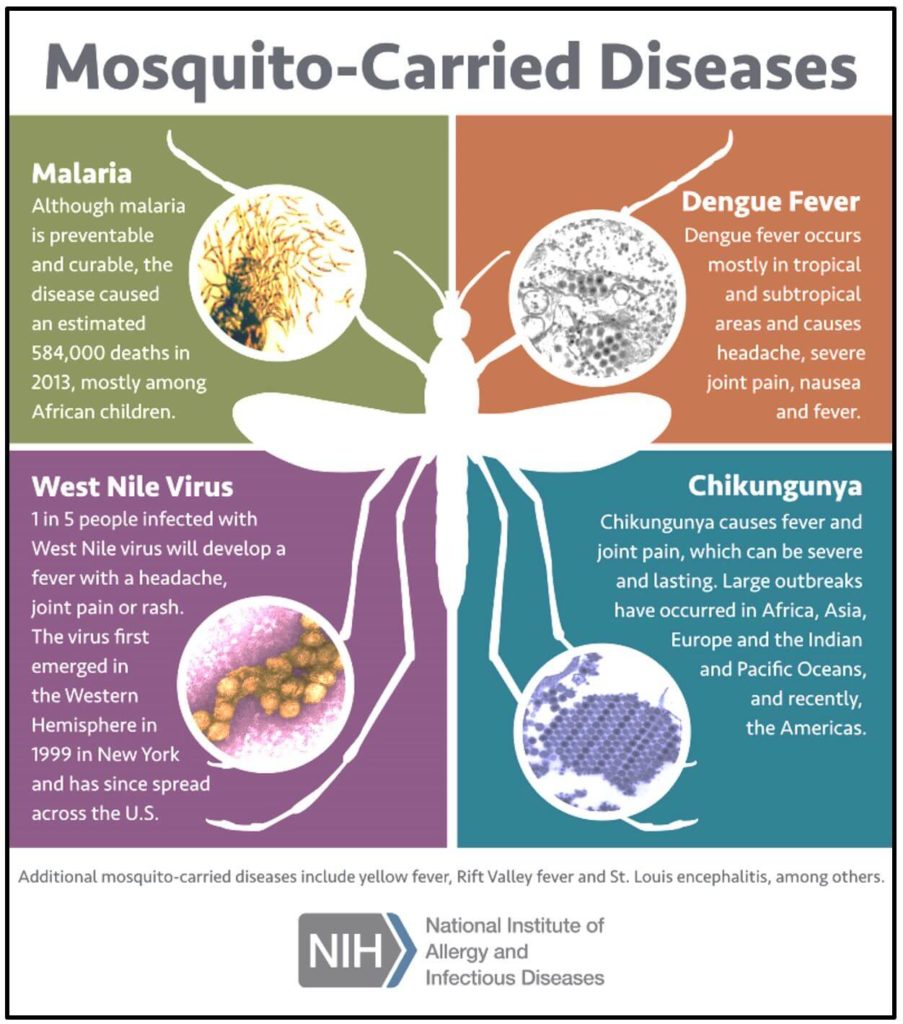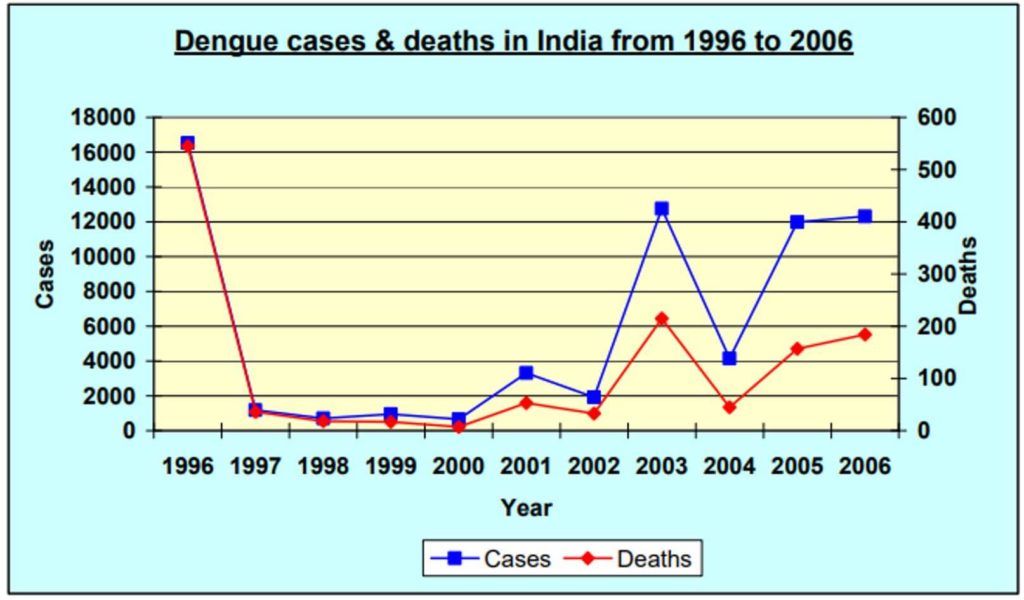COVID-19 continues to wreak havoc across the globe resulting in more than 1.6 lakh deaths. However, there are other infectious diseases that have a higher mortality than COVID-19. Here is a look at the major infectious disease outbreaks in India.
COVID-19 has resulted in an unimaginable situation with lockdowns and movement restrictions being imposed in many countries. With over 24 lakh confirmed cases and 1.6 lakh deaths, the whole world has come to a standstill and countries are left with no other choice but to take stringent measures to contain the virus. The pandemic has also challenged the healthcare systems across the globe.
While COVID-19 is unprecedented in terms of the scale & spread, studies show that, in the last three decades alone, more than 30 new infectious agents or pathogens have been detected worldwide. Around 60% of these were found to have zoonotic origin, carried and spread by animals. In 1520-21, smallpox microbes carried by explorers resulted in the death of around 10-15 million people, thereby causing the end of Aztec civilization.

Eventually, with the establishment of germ theory and identification of microbes as cause of many infectious diseases, vaccines and antimicrobials were developed which helped in bringing infectious diseases under control. On one hand, old world communicable diseases such as plague, small pox, leprosy, and cholera are slowly disappearing while on the other, new and previously unknown communicable diseases such as SARS, Influenza, and COVID-19 have emerged. In this story, we take a brief look at some of the major outbreaks in India from the 19th century.
In the 19th Century
Cholera
In the 19th Century, as is evident from studies, British colonized India was hit drastically by Cholera pandemic multiple times- in 1817, 1829, 1852, 1863, 1881, and 1899. The pandemic had mostly affected slum dwellers and the poor in rural areas, predominantly in regions in the Northern India including Punjab, Delhi, and United Province (current Uttar Pradesh and Uttarakhand). It slowly spread to other provinces, affecting Madras presidency the most in 1877. In 1899, cases were reported from major provinces of Calcutta, Madras, and Bombay. Each time the pandemic hit, it spread to other countries including the US, China, Arabia, Persia, and Russia.
A large scale cholera outbreak was also witnessed in 1992 in the southern peninsular India. Cholera outbreak in Orissa post floods in 2001 affected 34,111 people including 33 deaths.
Plague (1895-96)
In 1895-96, plague pandemic gripped the cities of Bombay and Calcutta that had seaports which were believed to be the port of entry of the infection. It later spread to other parts of the country and continued till 1918. In the span of ten years between 1898 and 1908, around 5 Lakh people succumbed to the infection.
In the 20th Century
Influenza (1918-20)
The 20th century witnessed the most devastating pandemic that resulted in the death of 20 to 50 million people worldwide due to the Spanish Flu or the Spanish ‘Influenza’ caused by one of the H1N1 strains of influenza viruses. It emerged in 1918 and during autumn of the same year, a second severe wave of the flu re-emerged and affected the whole world. The second wave began in Bombay in India and spread to north India and Sri Lanka, and then across the world. In terms of fatalities, India was a focal point of the epidemic, with an estimated death toll of 10 to 20 million people. One of the reasons for the epidemic to have subsided later in India is the weather. Humidity acts as a barrier to the survival of influenza virus and its transmission.
Polio (1970-90)
Between 1970-90, polio epidemic had made its way to India. India was the worst affected developing country until the late 1990s. Post-polio paralysis was prominent among children. Both rural and urban areas were significantly affected. India accounted for 40% of the polio cases reported globally. Even though oral vaccines were introduced in India in the 1960s, India was declared polio free in January 2011.
Smallpox (1974)
Smallpox epidemic broke out in India in 1974 in West Bengal, Bihar, and Orissa. Nearly 85% of the cases reported globally were from India. Around 15,000 people lost their lives to the worst smallpox epidemic of the 20th century. Thousands of survivors suffered from blindness and disfigurement. The WHO launched the smallpox eradication program. It was declared eradicated in 1980 by WHO.
Plague outbreaks (1994, 2002, 2004)
In 1994, plague broke out in Surat, Gujarat that lasted for only a little over two weeks. Nevertheless, the unprecedented panic and global repercussions it caused made it significant. Only around 1000 cases were reported including 53 deaths. Fear of quarantine and panic resulted in population exodus and internal migration.
In the 21st Century
Later in 2002, pneumonic plague occurred in Himachal Pradesh with 16 cases and 4 deaths. 8 cases along with 3 deaths due to bubonic plague were reported in Uttarakhand in 2004. Thus, it is evident that the fatality rate is high even though only a small number of cases were reported.
SARS (2003)
Severe Acute Respiratory Syndrome, popularly known as SARS, caused by SARS-CoV virus (to which virus causing COVID-19 is related) is considered the first severe infectious disease that broke out in the current century. The epidemic emerged from the Guangdong province of China. The infection spread to other countries and over 8000 cases were reported with 774 deaths. Use of facial masks, disinfecting surfaces, and washing hands frequently were the precautions taken, like in the case of current coronavirus infection. Only 3 cases were reported in India.
Meningococcal meningitis (2005)
Meningococcal meningitis epidemic in India broke out in 2005 with the majority of the cases being reported from Delhi, Uttar Pradesh, and Maharashtra. Around 408 cases were reported with 48 deaths, giving a Case- Fatality Rate of 11.9%. Measures were taken for early detection, case management, and surveillance to contain the infection. The outbreak was also reported in 1966 and 1985 with 616 and 6133 cases, respectively. The Case- Fatality Ratio was 20.9% in 1966 and 13% in 1985.
Japanese Encephalitis (2005)
Mosquito-borne flavivirus disease, Japanese encephalitis, affects the brain causing swelling. The virus causing the infection belongs to the same genes as the viruses that cause dengue and yellow fever. In 2005, Uttar Pradesh reported 1145 cases from 14 districts and Bihar reported 90 cases. Around 296 persons affected lost their lives- one-fourth of the total affected. Cases of encephalitis continue to occur annually predominantly in the north (Uttar Pradesh).
Chikungunya (2006)
In 2006, Chikungunya outbreak was witnessed in India. Around 15 lakh cases were reported across the country. Majority of the cases were reported from southern states, Andaman and Nicobar Islands, Madhya Pradesh, Maharashtra, and Gujarat. Aedes mosquitoes were found to be the vectors of the disease. Chikungunya related deaths were underreported due to varied reasons. Mosquito breeding sites elimination along with other vector control measures, awareness, etc were taken to contain the outbreak. Dengue outbreak was also witnessed in the same year with 10,344 cases and 162 deaths.

H1N1 Flu (2010 & 2015)
In 2010, H1N1 Flu, also known as Swine Flu, resulted in the death of around 18,500 people worldwide. Around 27,000 confirmed cases including 981 deaths were witnessed in India. The flu re-emerged in 2015 with 30,000 cases across the country and 1,731 deaths. Rajasthan, Maharashtra, and Gujarat were the worst affected.
Nipah pandemic (2018)
In 2018, Kerala reported 19 cases of Nipah virus including 17 deaths. The outbreak was contained in two districts. The disease, as the numbers show, has an extremely high mortality rate.
COVID-19
India has reported more than 18,000 confirmed cases including around 600 deaths due to COVID-19. As on 18 April 2020, the Ministry of Health stated that the mortality rate for COVID-19 in India stood at 3.3%. Elderly people and those with co-morbid conditions are at a higher risk.

Apart from the current COVID-19 pandemic that is posing a threat, there are many other infectious diseases as well which continue to claim lives in India, such as malaria and tuberculosis, which are observed to have a higher mortality rate.
Malaria and TB continue to claim many lives in India
India continues to report thousands of cases of malaria and dengue every year. In 2018 alone, 228 million cases of malaria were reported globally, according to WHO. 85% of the cases were reported in 19 countries in Sub- Saharan Africa and India. Same is the case with deaths due to malaria. 2% of the global deaths due to malaria are reported in India. India also accounted for 3% of the total malaria cases in the world and 47% of the total P.vivax cases of malaria.
Tuberculosis or TB resulted in the death of 4.4 Lakh people in 2018 according to National Tuberculosis Control Programme Report. Globally, 15 lakh deaths were reported in the same year. Tuberculosis claims more lives than any other infectious disease worldwide. One of India’s SDG target is to be TB free by 2025.
According to CDC, the top ten diseases causing death in India are the following
- Ischemic heart disease
- Chronic obstructive pulmonary disease
- Stroke
- Diarrheal diseases
- Lower respiratory infections
- Tuberculosis
- Neonatal disorders
- Asthma
- Diabetes
- Chronic kidney disease
Featured Image:Disease outbreaks in India


